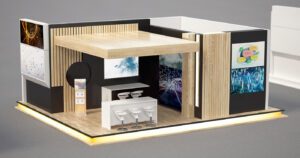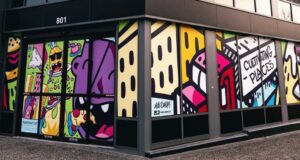Offset printing, also known as offset lithography, is a popular commercial printing method used to reproduce high-quality images and text in large quantities. It is based on the principle that oil and water do not mix. Offset printing uses a flat metal plate with the image or text to be printed, which is coated with ink-receptive material, and then dampened with water. The non-printing areas of the plate repel the ink due to their hydrophilic properties, while the ink adheres to the image areas due to their oleophilic properties.
After the plate is inked, it is pressed onto a rubber blanket, which in turn transfers the image or text onto the paper or other printing substrate. This indirect transfer process is what gives offset printing its name. The image on the plate is reversed, or “offset,” onto the blanket, and then transferred to the paper. Offset printing is known for its ability to produce sharp, clean images with consistent color and is widely used for printing materials such as brochures, magazines, newspapers, books, and packaging materials.
Offset printing is a complex and precise printing process that requires skilled operators and specialized equipment. It is capable of producing large print runs efficiently and cost-effectively, making it a popular choice for commercial printing projects. It also allows for a wide range of paper types, sizes, and finishes, and supports the use of various ink types, including Pantone colors for accurate color matching. However, offset printing requires upfront setup costs for plate creation, making it less suitable for small print runs or projects with frequent design changes.
Is offset printing right for your next job? Contact Day & Night to learn more!







